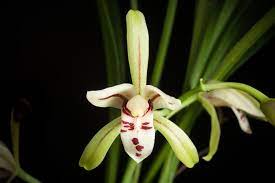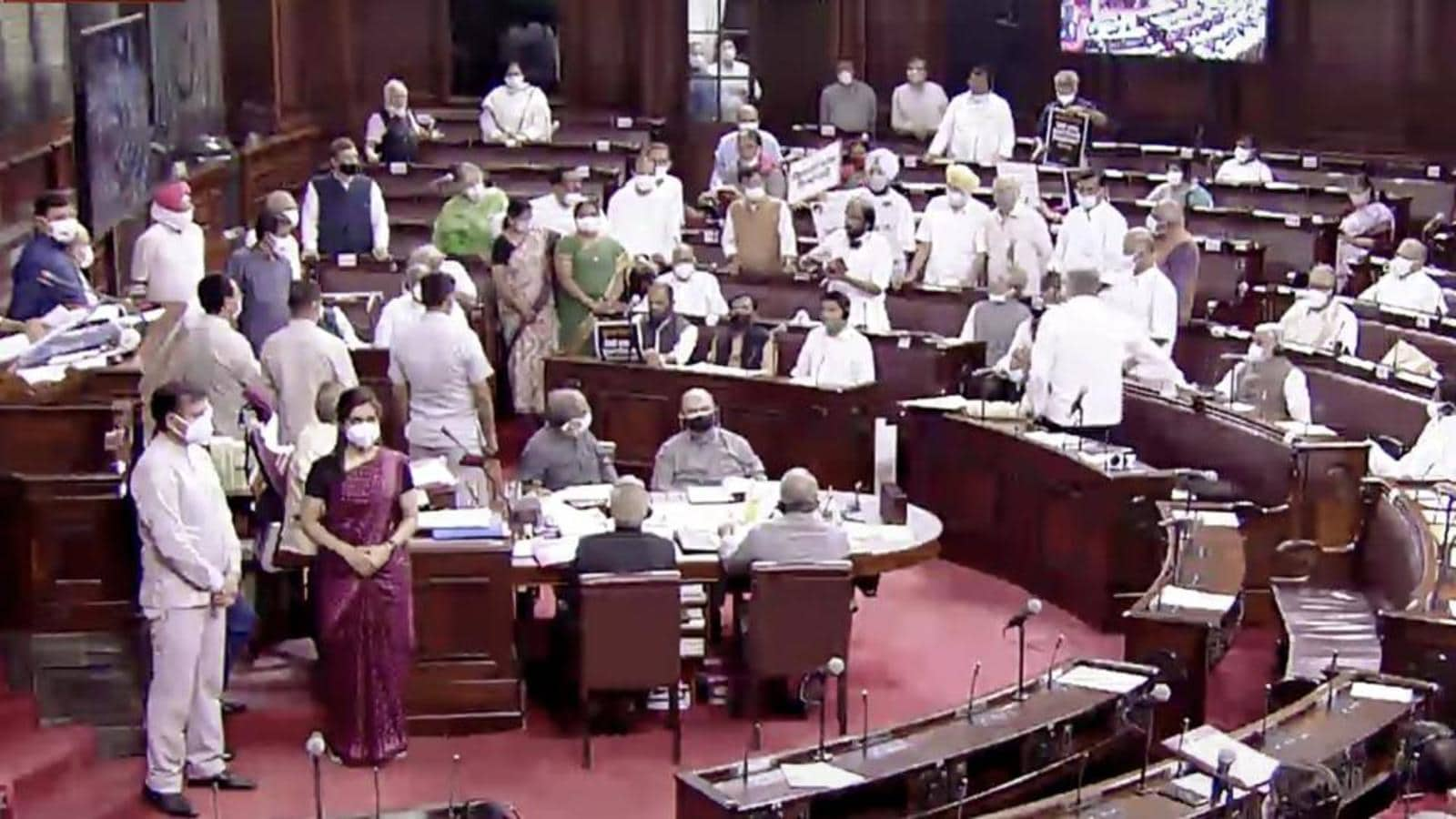Irrigation & Major Hydal Project-सिंचाई एवं प्रमुख जल विद्युत परियोजना
India’s only 52 % crop area is irrigated. It is less than comparing with developed nations since, rainfall is only for 4 months. It is not distributed, hence, there is more need for irrigation.
Following are the major sources of Irrigation:-
1] Wells:- This constituents 54% of the total irrigation .Wells are apt for private irrigation. But they use the ground water which nature has reserve for human civilization.
2] Canals:- 33% of the total irrigation. They are more in Northern India. India has one of the largest canal network of the world. It is useful to command larger areas. They use that water which was otherwise not stopped, would have gone waste in sea. But, it has certain weaknesses. The dams may cause tectonic changes in environment which may activate earthquakes.
3] Tank irrigation:- Irrigation is largely done in South India. Mostly in Andhra Pradesh & Tamil Nadu.
Under this, waste water is used for useful purposes but its disadvantage is that it occupies large areas
In irrigation all the above resources should be suitably mixed. There should be national level river grid.
The dams are divided as follows:-
(i) Major Dams:- Dams whose CC A (cultuarable command Area) is more than 10,000 hectares.
(ii) Medium Dam:- Dams whose CCA is between 2000 – 10,000 hectares.
(iii)Minor Dam:- Dams whose CCA is less than 2000 hectare.
India’s first (Hydal Dam) was setup in Darjling (W.B.) in 19 century (1890)
India’s first multipurpose Dam is Damodar valley (1948) (Damodar river). It is made by govt. of India, W.B & Bihar.
India’s Major multipurpose projects:-
Bhakra Nangal Dam :- It is situated in Satluj river [Bhakra (H.P & Nangal (Punjab)]. Height - 226 m. In terms of storage of water, Govind sagar (Bhakra) withholds the second largest reservoir in India, the first being Indira Sagar dam in Madhya Pradesh with capacity of 12.22 billion cu m
Rajasthan canal/ Indira Gandhi Canal :- It is situated in Beas & Beas river’s meeting pt. at Harike Barrage.It’s India’s longest canal. Its main canal is 683 km in length.
Hirakund :- It is at Mahanadi river (World’s longest Dam). Its length is 4,800 m.
Nagarjun Sagar :- It is at Krishna river (A.P.)
Kosi project :- kosi river.(Bihar)
Idduki project :- Periyal river (Kerala).
Tehri Dam:- Bhagiratha river (Uttarakhand) environmentalist Sunderlal Bahuguna launched Chipko movement here.
Matatila Dam :- Betwa river (M.P. – U.P. Project),at Lalitpur ,UP
Nathpa Jhakri project :- It is at Satluj river (H.P.)
Chambal project:- Chambal river [Gandhi Sagar- Mandsore,Jawahar Sagar-Kota, Rana Pratap Sagar-Chittor ,Rajasthan].
Projects on river Narmada:-
Indira Sagar [Khandwa]
Sardar Sarovar [Gujarat]
Thein Dam :- Ravi river (Punjab)
Farakka Dam :- Hoogly river (West Bengal).Its objectives are to control the salinity of Hooghly, to maintain the navigability of Kolkata part.
Almati Dam:- Krishna river (Dist. Bijapur) Karnataka. Its height is 509 m. It is the World’s highest Dam.
|
Kaveri Water Dispute:- It is between Karnataka, Tamil Nadu .Water distribution is in between Karnataka, Tamil Nadu, Kerala & Pondicherry. The Cauvery Water Disputes Tribunal announced its final verdict on 5 February 2007. According to its verdict, Tamil Nadu gets 419 billion ft³ (12 km³) of Cauvery water while Karnataka gets 270 billion ft³ (7.6 km³). The actual release of water by Karnataka to Tamil Nadu is to be 192 billion ft³ (5.4 km³) annually. Further, Kerala will get 30 billion ft³ and Pondicherry 7 billion ft³. Tamil Nadu appears to have been accepting the verdict, while the government of Karnataka, unhappy with the decision, filed a revision petition before the tribunal seeking a review. |
|
Dam vs Barrage A barrage is considered as a type of dam consisting of a series of large gates that can be closed or opened to have a control on the amount of water passing through it. These gates are primarily meant for controlling the flow of water and to stabilize the flow of water for irrigation purposes. One key difference between a dam and a barrage according to World Commission on Dams is that while a barrage is built for diverting water, a dam is built for storing water in a reservoir to raise the level of water considerably. A barrage is usually built where the surface is flat across meandering rivers. It raises the water level only by a few feet. A check dam is a small, sometimes temporary, dam constructed across a swale, drainage ditch, or waterway to counteract erosion by reducing water flow velocity. |
------------------------



.jpg)
.jpg)
.jpg)
.jpg)
.jpg)
.jpg)
.jpg)


.jpg)

